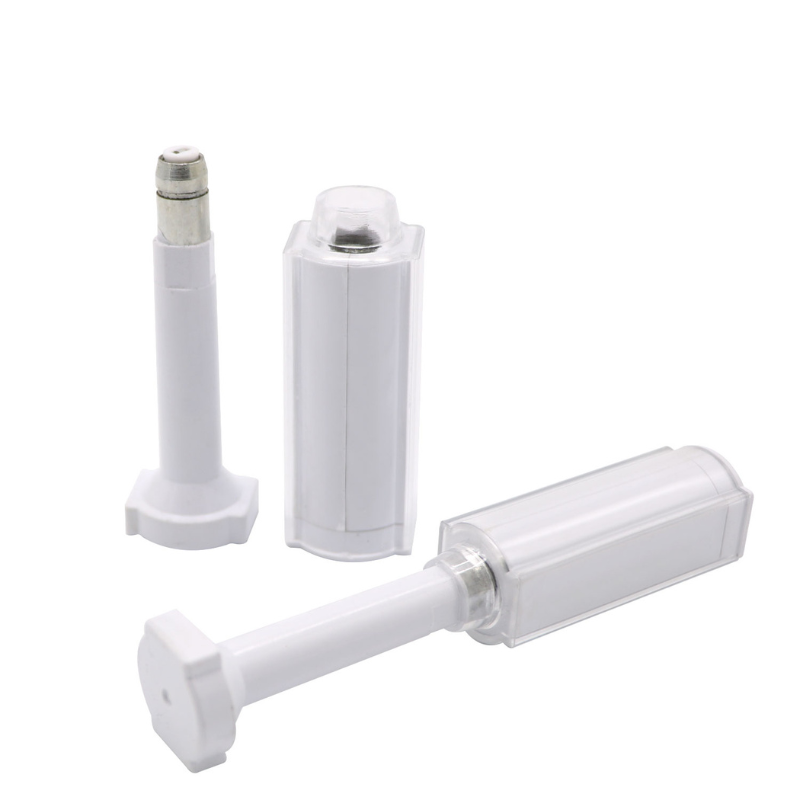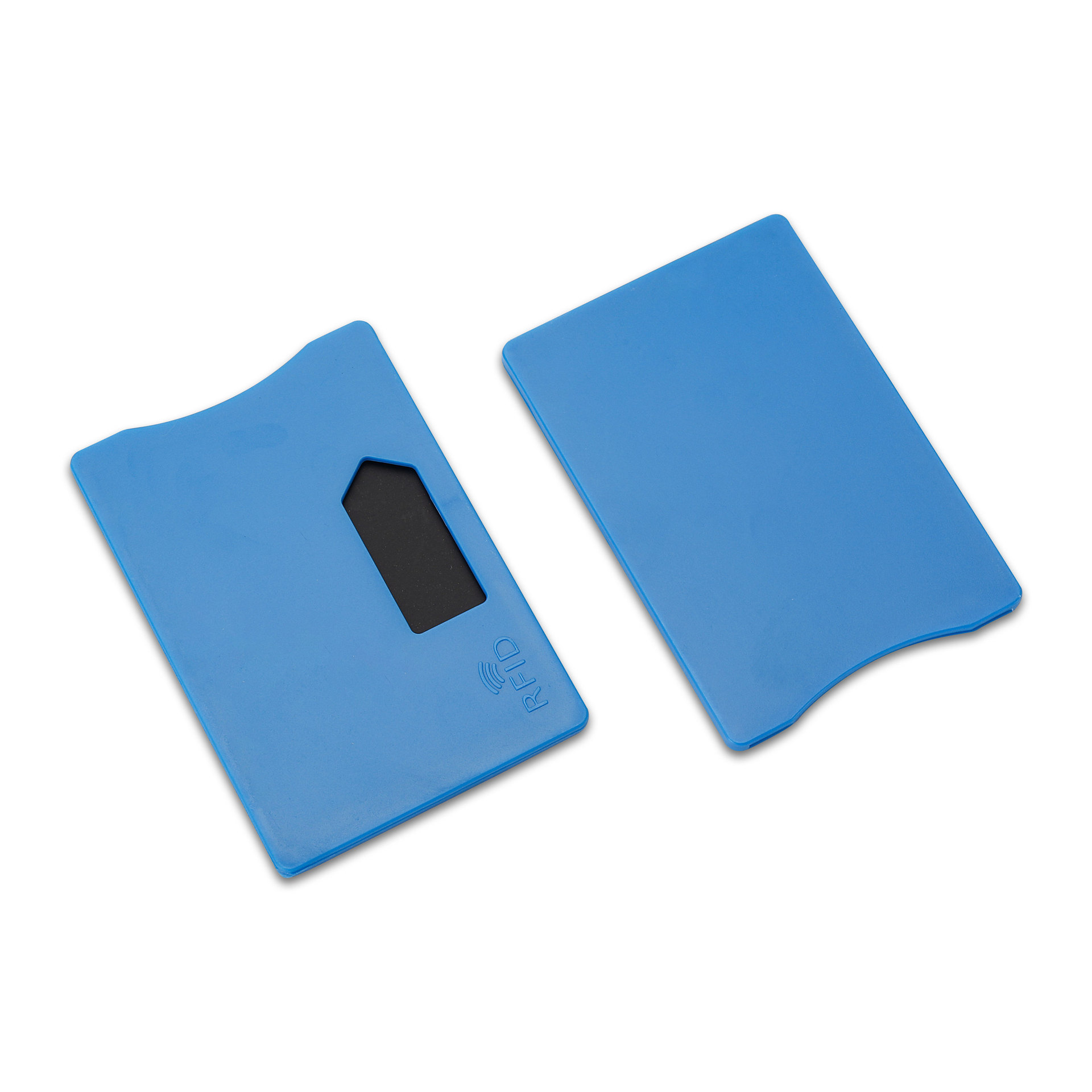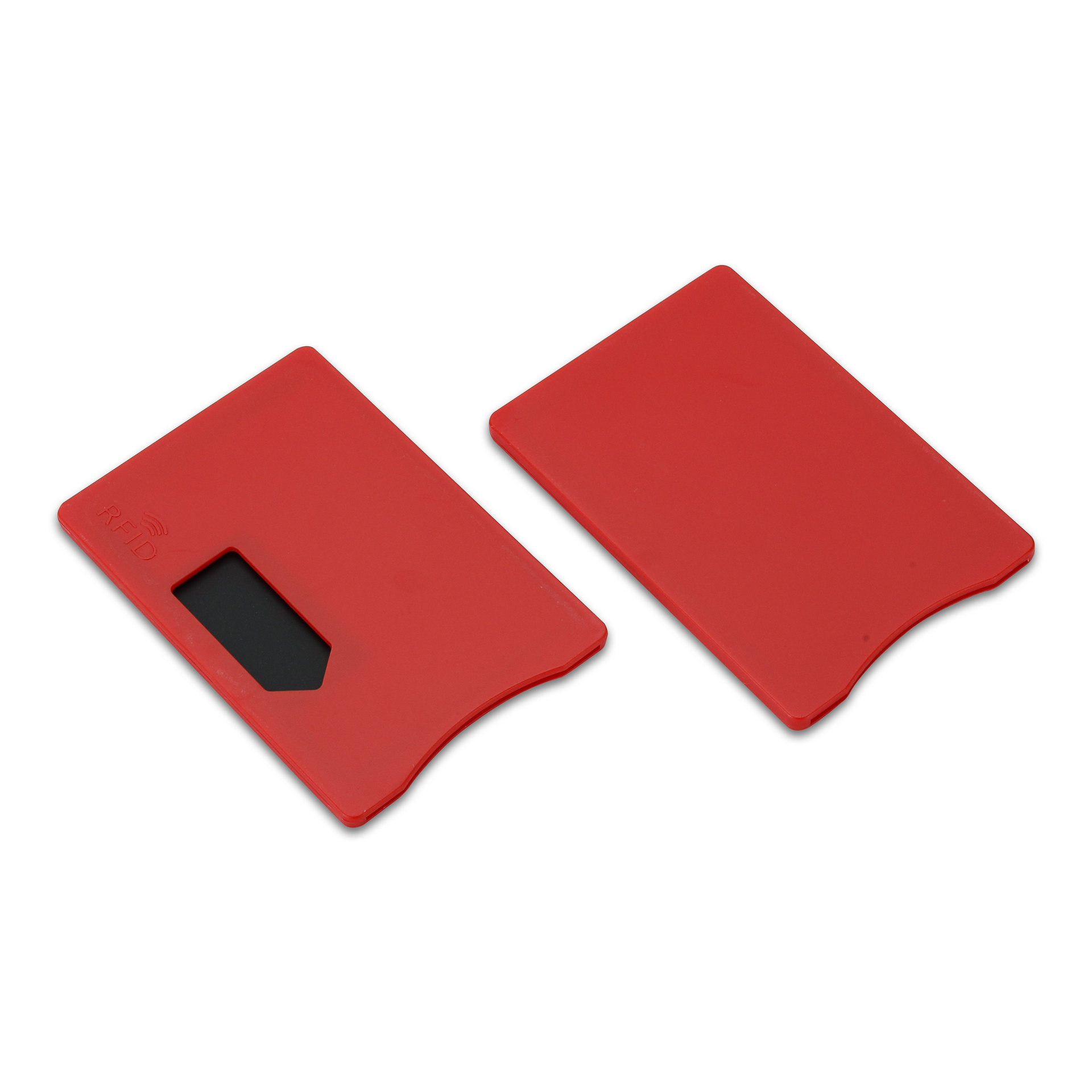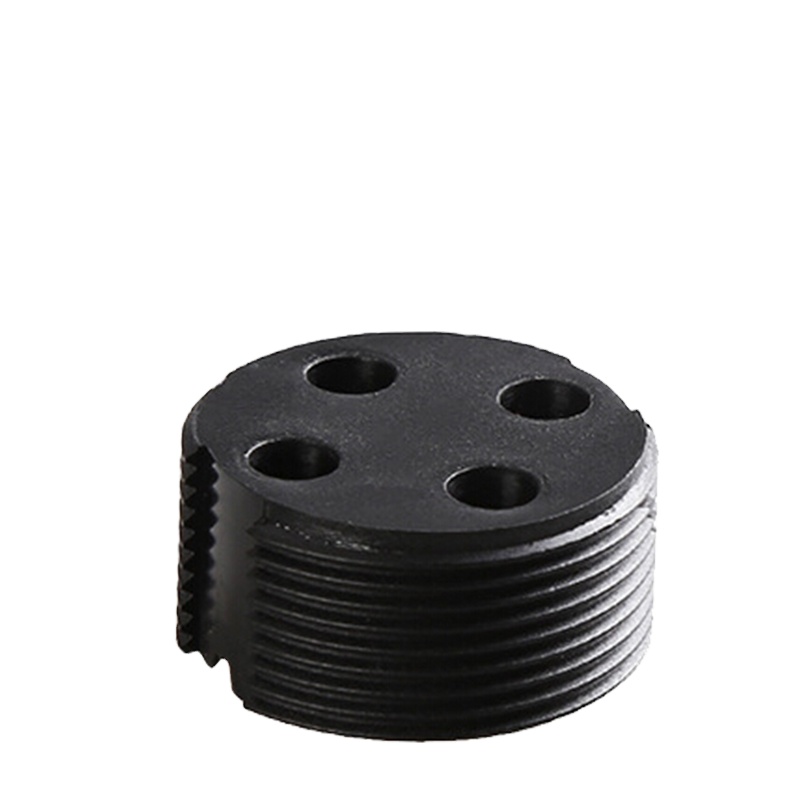
RF 태그와 RFID 태그의 차이점은 무엇입니까?
목차
RF 태그와 RFID 태그의 차이점: 정의, 기술 및 창고 관리에서의 적용
그러나 이러한 용어들은 종종 혼용되어 사용되곤 합니다. 이는 그들의 진정한 의미와 차이점에 대한 혼란을 초래합니다. RF와 RFID의 차이를 이해하는 것은 기업이 운영을 최적화하고, 효율성을 개선하며, 더 현명한 기술 투자를 하는 데 도움이 됩니다.
이 가이드는 RF 기술과 RFID 태그 RFID 기술의 작동 방식, 기존 기술과의 차이점, 그리고 현대 공급망을 혁신하는 이유.

RF 기술이란 무엇이며 어떻게 작동하나요?
RF(Radio Frequency)는 무선으로 데이터를 전송하기 위해 전자기파인 전파를 사용하는 것을 의미합니다. 이는 RFID 기술, Wi-Fi, 블루투스 등 여러 무선 통신 시스템의 기반이 됩니다.
RF 기술의 핵심 구성 요소:
- 송신기와 수신기: 무선 신호를 생성하고 포착합니다.
- 주파수 범위: 사용 사례에 따라 수 킬로헤르츠(kHz)부터 기가헤르츠(GHz)까지 작동합니다.
- 응용 분야: 통신 시스템, 차고 문 리모컨, 무선 마이크, 보안 시스템 등에 널리 사용됩니다.
간단히 말해, RF 기술은 식별, 통신 및 데이터 교환을 가능하게 하는 무선 기반을 제공하며, RFID 기술은 그 중 가장 특화된 응용 분야 중 하나입니다.
RFID란 무엇이고 어떻게 작동하나요?
RFID(무선 주파수 식별)은 RF 기술을 기반으로 하여 태그가 부착된 물체의 무선 식별 및 추적을 가능하게 합니다.
RFID 시스템은 다음으로 구성됩니다:
- RFID 태그
- RFID 리더기
- 안테나 및 소프트웨어 시스템
RFID 기술의 작동 원리:
- 리더 활성화: RFID 리더기 안테나를 통해 무선 신호를 송신한다.
- 태그 응답: RFID 태그는 해당 신호로부터 에너지를 포착하여 저장된 데이터를 전송합니다.
- 데이터 캡처: 리더기가 태그의 응답을 수신하여 데이터를 중앙 데이터베이스 또는 창고 관리 시스템(WMS)으로 전송합니다.
바코드와 달리 RFID 태그는 시야 내 스캔이 필요하지 않아 여러 태그를 동시에 읽을 수 있으며, 혼잡한 환경에서 효율성을 높입니다.
RF와 RFID의 차이점
RF는 무선 통신의 광범위한 범주를 나타내는 반면, RFID는 물품 식별 및 데이터 추적을 위해 설계된 RF 기술의 특정 구현 방식이다.
| 특징 | RF | 무선 주파수 식별(RFID) |
|---|---|---|
| 정의 | 무선 데이터 전송을 위한 전파의 일반적 사용 | 물체 식별 및 추적을 위한 RF 적용 |
| 주요 구성 요소 | 송신기 및 수신기 | 태그, 리더기, 안테나 및 관리 소프트웨어 |
| 통신 유형 | 기본 신호 전송 | 양방향 식별 및 데이터 교환 |
| 응용 프로그램 | 라디오, 리모컨, Wi-Fi, 보안 시스템 | 창고 관리, 물류, 소매, 출입 통제 |
| 데이터 기능성 | 원시 신호 데이터를 전송한다 | 물리적 자산과 연결된 저장된 디지털 정보의 이전 |
RFID 태그 작동 방식
RFID 태그는 데이터를 저장하고 RFID 리더기에 전송하는 소형 장치입니다. 각 태그에는 다음이 포함됩니다:
- 마이크로칩(IC): 고유 식별 데이터를 저장합니다.
- 안테나: 에너지를 수신하고 신호를 송신합니다.
- 기판/인레이: 내부 구성 요소를 보호합니다.
태그가 RFID 리더기의 감지 범위에 진입하면 고유 ID나 제품 코드 등의 데이터를 전송하여 창고 또는 공급망 운영 전반에 걸쳐 실시간 가시성을 확보합니다.
RFID 태그의 종류
1. 수동형 RFID 태그
- 전원: 내장 배터리가 없으며, 리더기의 신호로 작동합니다.
- 범위: 몇 센티미터에서 수 미터까지.
- 응용 분야: 소매, 재고 관리 및 품목 단위 태깅.
2. 능동형 RFID 태그
- 전원: 연속적인 신호 전송을 위한 내장 배터리.
- 사거리: 최대 100미터 이상.
- 응용 분야: 차량 추적, 차량 관리, 대형 자산 모니터링.
능동형과 수동형 RFID 태그 중 선택은 사용자의 거리 요구사항, 태그 수명 및 예산에 따라 달라집니다.
RFID 기술의 창고 관리 분야 적용
RFID 기술은 자동화, 정확성 및 투명성을 제공함으로써 창고 및 공급망 운영을 혁신하고 있습니다.
주요 창고 애플리케이션:
- 재고 관리: 재고 수준 및 품목 위치에 대한 실시간 가시성.
- 도크 관리: 시설을 출입하는 물품의 이동 경로를 추적합니다.
- 자산 추적: 고가 품목의 책임성과 추적 가능성을 보장합니다.
- 운영 효율성: 수동 스캔 오류와 인건비를 절감합니다.
“RFID 태그를 사용하는 창고는 바코드 시스템에 비해 최대 20배 더 많은 재고 이동을 처리할 수 있습니다.”
RFID 대 NFC: 관련성은 있으나 서로 다른 기술
둘 다 근거리 무선 통신(NFC) RFID는 RF 기술을 사용하지만, 범위, 목적 및 통신 능력에서 차이가 있습니다.
| 특징 | 무선 주파수 식별(RFID) | 근거리 무선 통신 |
|---|---|---|
| 범위 | 장거리 (최대 100미터) | 근거리(최대 10cm) |
| 전원 | 능동형 또는 수동형 | 패시브 전용 |
| 데이터 교환 | 일방통행 | 양방향(피어 투 피어) |
| 응용 프로그램 | 창고 관리, 물류, 자산 추적 | 모바일 결제, 신원 확인, 스마트 액세스 |
NFC는 RFID 기술의 특수한 하위 집합으로 볼 수 있으며, 안전하고 근거리 데이터 교환에 이상적입니다. 반면 RFID 태그는 산업용 추적 및 물류 분야에서 주류를 이루고 있습니다.
보안 시스템에서 RF의 역할 (EAS 통합)
전자상품감시(EAS) 시스템은 일반적으로 소매점이나 창고 환경에서 도난을 방지하기 위해 RF 태그를 사용합니다.
RF 태그 보안 작동 방식:
- 태그 부착 위치: RF 태그가 상품에 부착됩니다.
- 탐지: 보안 게이트는 출구에서 활성 태그를 스캔합니다.
- 경고: 활성 태그가 통과할 경우 시스템이 경보를 발령합니다.
RFID 기술을 통합함으로써, EAS 시스템은 결제 또는 배송 과정에서 향상된 감지 정확도와 자동화 기능을 확보합니다.

자주 묻는 질문
RF와 RFID의 주요 차이점은 무엇인가요?
RF는 전파를 이용한 일반적인 무선 통신을 의미합니다. RFID는 RFID 태그와 리더기를 통해 추적 및 식별에 사용되는 특정 유형의 RF 기술입니다.
RFID가 창고 관리에서 바코드를 대체할 수 있을까?
네. RFID 태그는 시야가 확보될 필요가 없으며, 더 빠른 데이터 수집이 가능하고, 기존 바코드보다 내구성이 뛰어납니다.
RF 태그와 RFID 태그는 서로 바꿔 쓸 수 있나요?
아니요. RF 태그는 더 단순하며 주로 도난 방지 시스템에 사용됩니다. RFID 태그는 더 발전된 기술로 추적 및 데이터 교환에 사용됩니다.
RFID 태그는 어떻게 작동하나요?
RFID 리더기가 신호를 보내면 태그가 저장된 데이터로 응답하고, 시스템이 이를 자동으로 기록합니다—실시간 재고 관리에 이상적입니다.
결론
RF 기술은 현대 통신 기술의 무선 기반이며, RFID 기술은 이를 바탕으로 스마트하고 자동화된 식별 시스템을 구현합니다.
- RFID 태그를 활용하여 창고 및 물류 분야에서 실시간 추적, 자동화 및 정확성을 구현하십시오.
- RF 시스템을 범용 통신 및 감지 애플리케이션에 사용하십시오.
RF와 RFID의 차이점을 이해함으로써 기업은 효율성을 높이고 비용을 절감하며 운영의 미래 대비를 위한 적절한 도구를 선택할 수 있습니다.

레이 저우
이 글은 업계에서 10년 이상의 경력을 쌓은 RFID 기술 전문가인 Ray Zhou가 작성했습니다.
댓글
인기상품
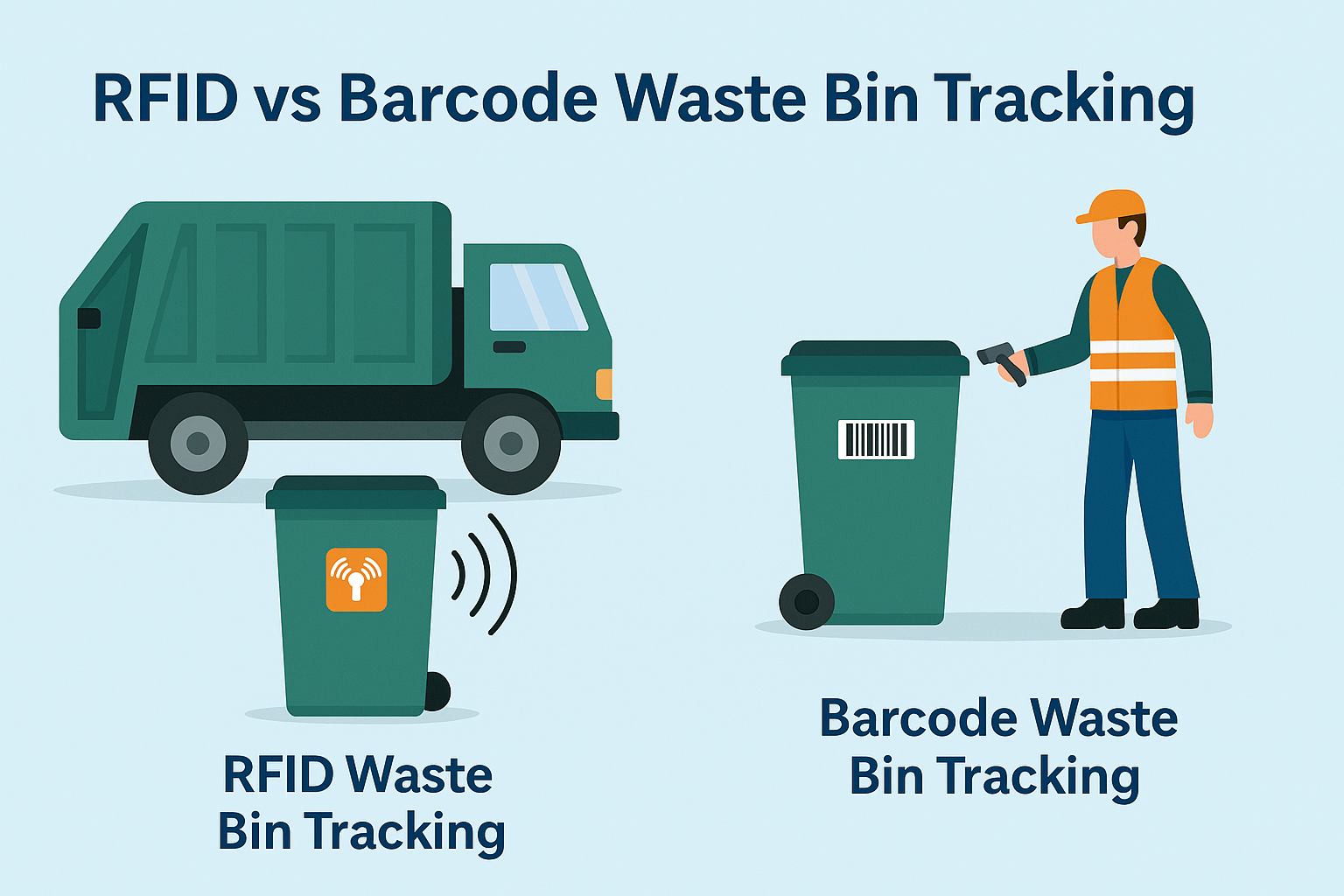
RFID 기반 폐기물 관리란 무엇인가
모든 쓰레기통이 말을 하는 도시를 상상해 보세요. 말 그대로가 아니라, 작은 칩을 통해 시스템에 쓰레기통이 가득 찼을 때, 비워졌을 때, 그리고 어디로 이동했는지를 알려주는 것입니다. 이것이 바로 오늘날 RFID 폐기물 관리가 수행하는 역할입니다.
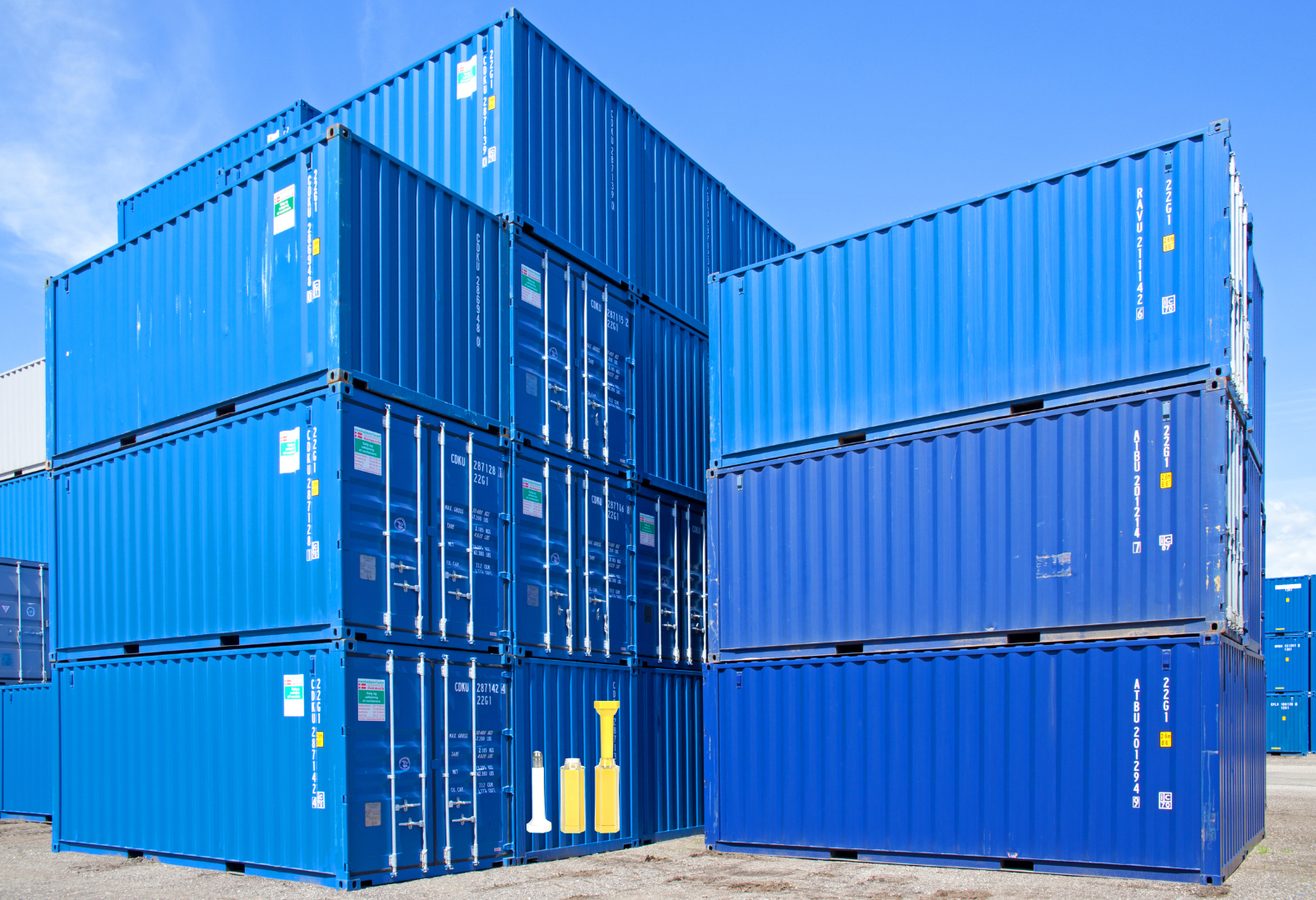
볼트 씰이란 무엇이며 어떤 용도로 사용되나요? | 전체 가이드
글로벌 무역 및 물류에서 볼트 씰은 화물의 보안과 규정 준수에 중요한 역할을 합니다. 이 작지만 강력한 장치는 운송 컨테이너, 트레일러 및 화물 도어를 변조 방지 메커니즘으로 잠그도록 설계되었습니다.
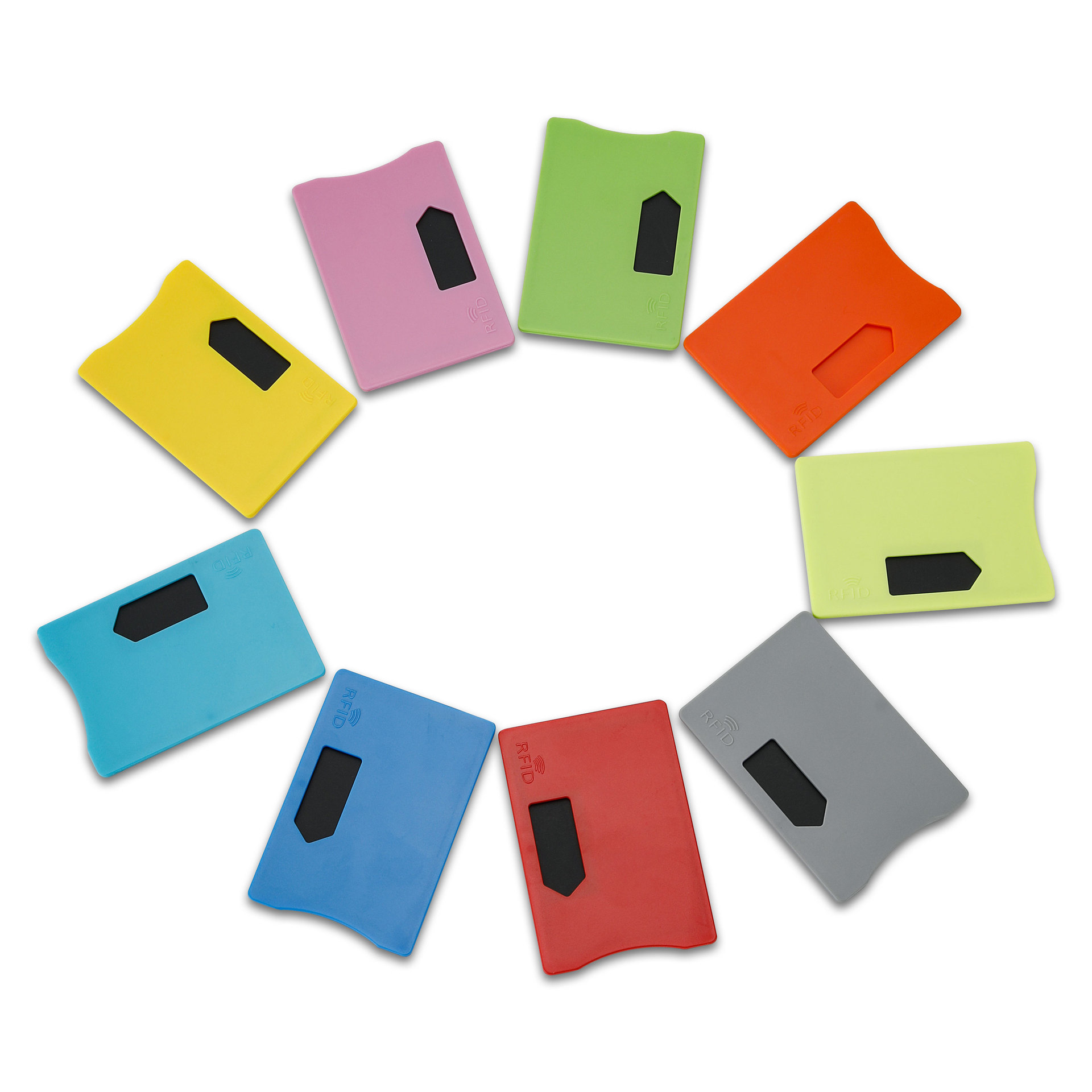
RFID 카드 프로텍터란 무엇인가요? 장점, 사용 사례 및 구매 가이드
RFID(무선 주파수 식별) 기술은 신용카드, 신분증, 대중교통 패스, 호텔 객실 열쇠 등 어디에나 있습니다. 이 기술은 속도와 편리함을 제공하지만 "스키밍"이라는 새로운 종류의 디지털 도난에 대한 문을 열어주기도 합니다. 이것이 바로 RFID 카드 프로텍터가 필요한 이유입니다.

이벤트용 RFID 손목 밴드: 주최자를 위한 대량 구매 가이드
이벤트용 RFID 손목 밴드는 콘서트, 축제, 스포츠 경기장에서 더 빠른 입장, 사기 방지, 현금 없는 결제가 필요한 주최자가 선호하는 솔루션으로 자리 잡고 있습니다. 종이 티켓이나 QR코드와 달리 이러한 스마트 손목 밴드는 내장된 칩을 사용하여 액세스를 간소화하고 거래를 보호하며 게스트 경험을 개선합니다.
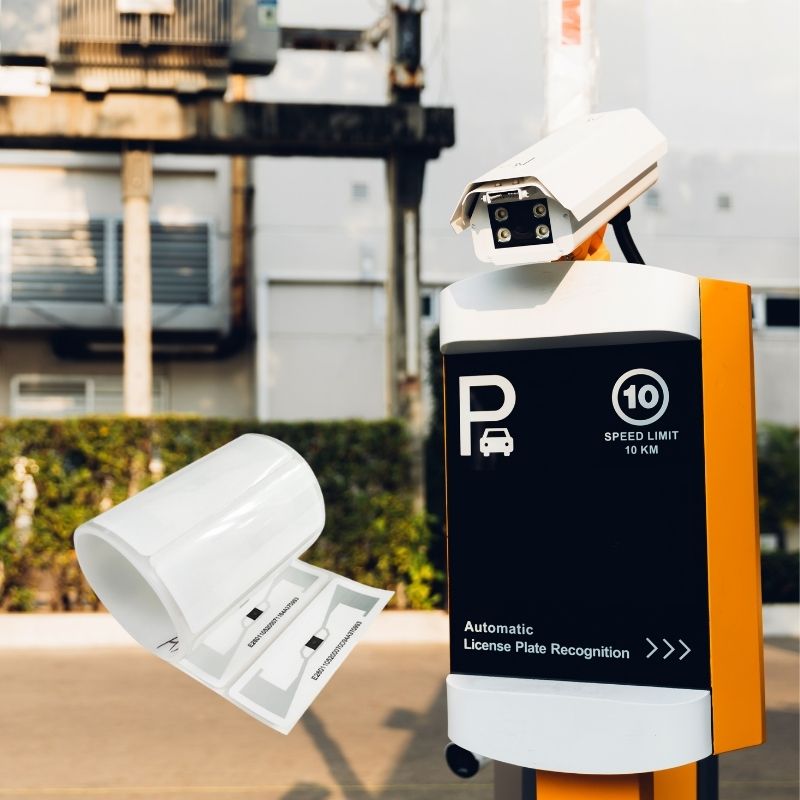
윈드스크린의 RFID 태그가 차량 출입 통제 및 통행료 시스템을 개선하는 방법
오늘날과 같이 빠르게 변화하는 세상에서는 차량 식별이 빠르고 안전하며 비접촉식으로 이루어져야 합니다. 윈드스크린의 RFID 태그는 차량을 정차하지 않고도 통행료 징수, 주차, 게이트 출입을 관리할 수 있는 안정적인 방법을 제공합니다.
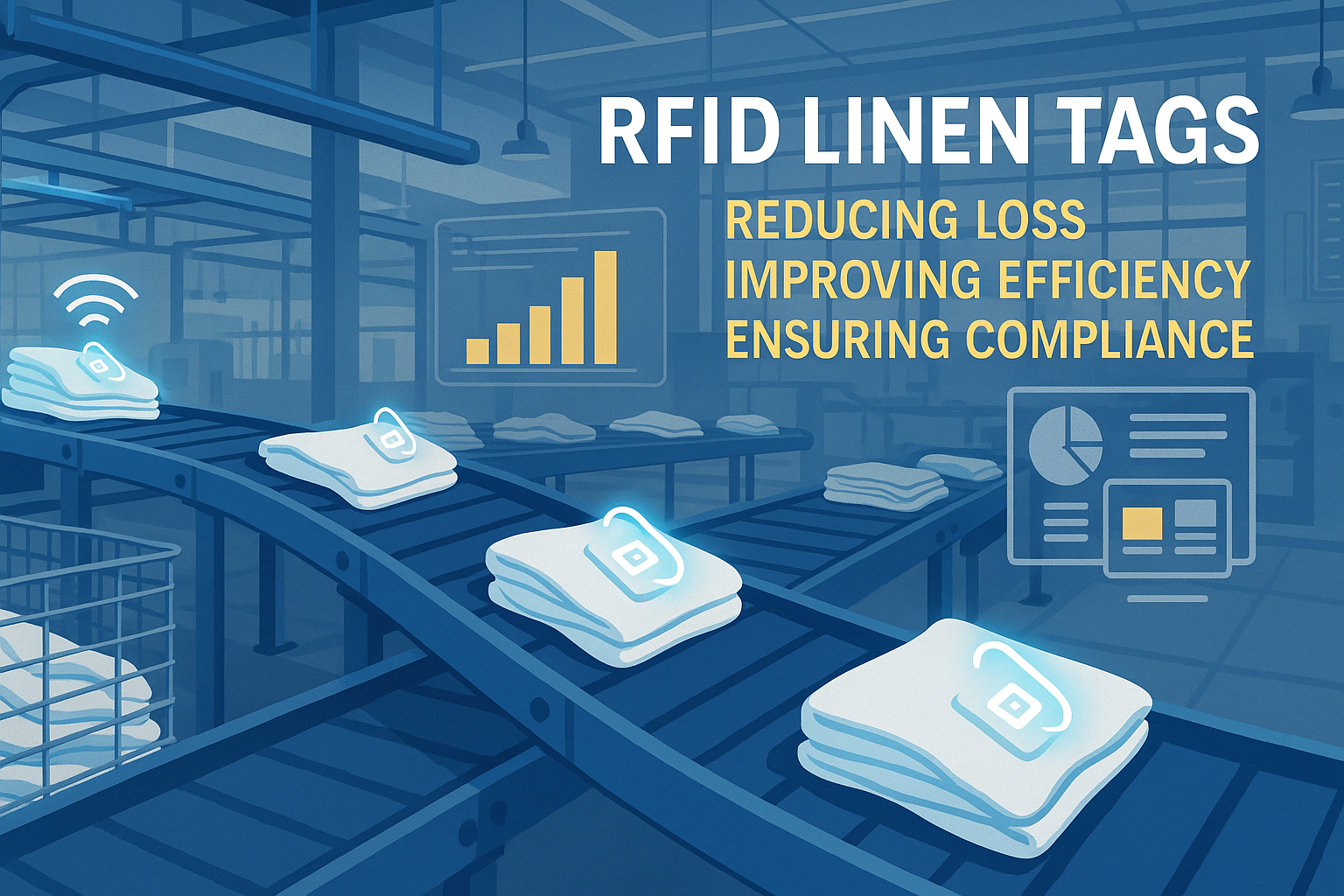
상업용 세탁에서 RFID 린넨 태그의 이점
병원, 호텔 또는 대형 세탁 서비스에서 세탁물을 관리하는 것은 큰 일입니다. 매일 수천 장의 시트, 수건, 유니폼을 세탁하고 분류하여 다시 보내야 합니다. 하지만 린넨 분실, 분류 실수, 수작업 계수 등의 문제로 인해 회사에 많은 비용이 발생할 수 있습니다. 예를 들어, 중형 호텔의 경우 린넨 분실로 인해 매년 100만 달러 이상의 손실이 발생할 수 있습니다.
이것이 바로 RFID 리넨 태그가 필요한 이유입니다.
태그
관련 블로그

RFID 기반 폐기물 관리란 무엇인가
모든 쓰레기통이 말을 하는 도시를 상상해 보세요. 말 그대로가 아니라, 작은 칩을 통해 시스템에 쓰레기통이 가득 찼을 때, 비워졌을 때, 그리고 어디로 이동했는지를 알려주는 것입니다. 이것이 바로 오늘날 RFID 폐기물 관리가 수행하는 역할입니다.

볼트 씰이란 무엇이며 어떤 용도로 사용되나요? | 전체 가이드
글로벌 무역 및 물류에서 볼트 씰은 화물의 보안과 규정 준수에 중요한 역할을 합니다. 이 작지만 강력한 장치는 운송 컨테이너, 트레일러 및 화물 도어를 변조 방지 메커니즘으로 잠그도록 설계되었습니다.

RFID 카드 프로텍터란 무엇인가요? 장점, 사용 사례 및 구매 가이드
RFID(무선 주파수 식별) 기술은 신용카드, 신분증, 대중교통 패스, 호텔 객실 열쇠 등 어디에나 있습니다. 이 기술은 속도와 편리함을 제공하지만 "스키밍"이라는 새로운 종류의 디지털 도난에 대한 문을 열어주기도 합니다. 이것이 바로 RFID 카드 프로텍터가 필요한 이유입니다.

